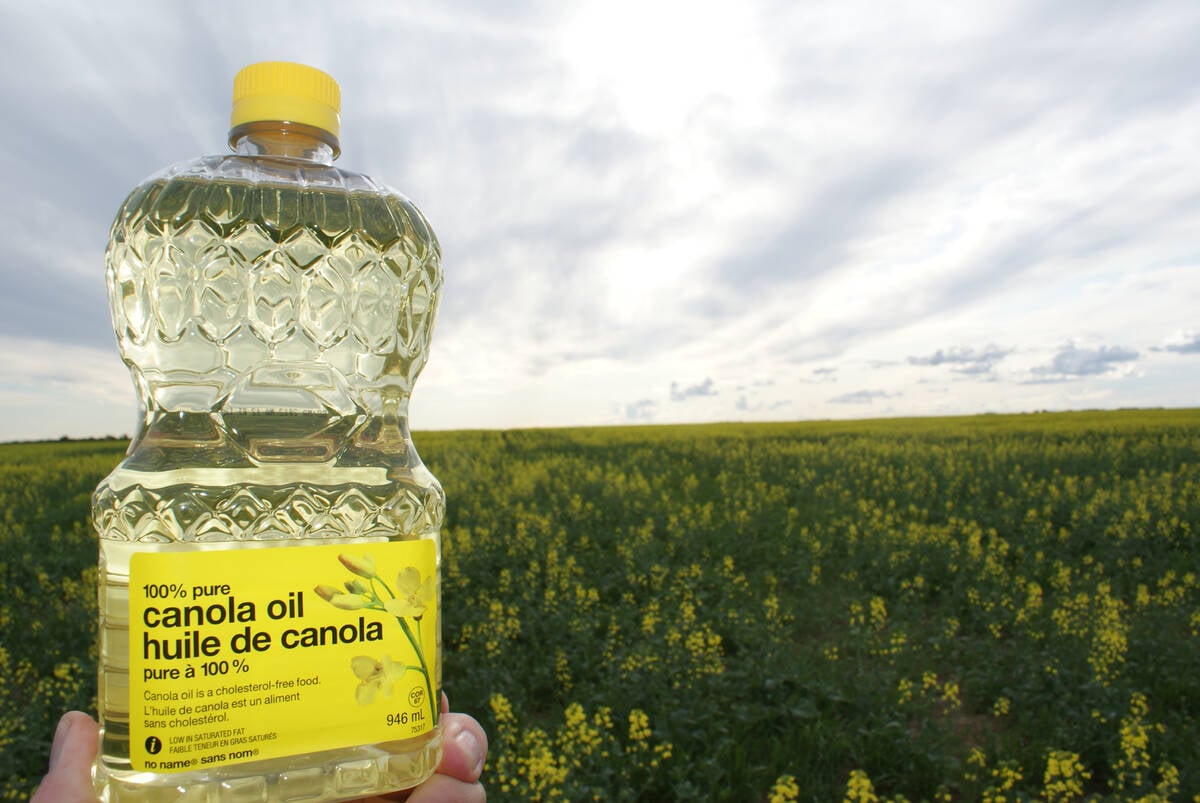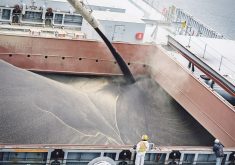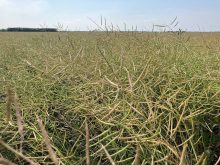Many farmers don’t know the long or the short of the term “open interest.”
That’s too bad, because understanding what open interest is and how it works can help a farmer know when to sell into a rally and when to hold on for higher prices, analysts say.
It can help them understand sentences like the following, which are common in industry newsletters:
“Open interest is at a record high and profit-taking could become a major factor. Funds reportedly hold a record long position.”
Read Also

Rising vegetable oil demand may offset bad biofuel news
Global biodiesel/renewable diesel production is expected to decline for the first time in a decade. Bad timing for a canola industry looking for new markets.
David Reimann, a broker and analyst with Benson Quinn GMS, says newsletters and analysts like him may seem to be speaking gobbledygook when they talk about open interest, but they’re just talking about the elements of supply and demand in the futures market.
“It’s a very helpful tool,” said Reimann.
“It can tell them the difference between when a farmer should ride a rally and a rally that a farmer should be suspicious of.”
Simply put, open interest is the amount of futures contracts that remain open in any month of a commodity contract. An open contract is one that has not been offset by an equal and opposing position. For example, say a farmer or grain company has sold a futures contract to hedge an unpriced cash sale in the future. If the player does not buy an offsetting futures contract, the situation is called an open position.
When a farmer, grain company, processor or speculator offsets his open position by taking an opposite position, that position will be closed and open interest in that contract will fall by one, unless another player takes on the offsetting position as a new open position.
The total number of open positions in a contract is its “open interest.”
The size of the open interest reveals how active the marketplace is, showing how many buyers and sellers are using that commodity and that particular contract. Buyers and sellers of contracts want lots of open interest in the contracts they trade, because that means it will be easier for them to close out their positions when they want.
But the nature of the open interest is also important, Reimann said. Understanding the different elements of the interest can let farmers sense how strong or weak the market is likely to be.
But for that, farmers need to read between the lines.
For example, Reimann said when prices are rising and open interest is increasing, analysts like him conclude that commercial users of a commodity are probably buying, and that suggests the price might keep rising.
“It’s generally considered a good sign when prices rise at the same time as open interest,” said Reimann.
But if open interest falls as prices rise, analysts get worried. Open interest is probably falling because people who earlier sold contracts are now buying them back, but as they close their positions, new ones aren’t replacing them. That suggests shrinking demand for the commodity.
“Sometimes those rallies are the strongest because there is an element of panic, but when the last guy has finished panicking and everyone has covered their shorts, you’ve probably gone way above where the commercials are,” said Reimann.
“When the speculators are finally done covering and the shorts are covered and everyone’s done hitting the panic button, quite often those markets fall very quickly.”
In the first example, with prices rising and open interest rising, a farmer may want to cautiously wait for prices to keep moving higher. But in the second example, where open interest is falling as prices rise, he might want to jump on the price before the market falls.
The same applies to declining prices. If the futures price is dropping and open interest is increasing, analysts sense that farmers are probably dumping a lot of grain into the system and prices will likely keep falling. The increase in open interest probably represents grain companies hedging grain purchases from farmers that the grain company has not yet sold to a processor, Reimann said.
But if the price is falling and open interest is falling as well, analysts suspect that speculators may be liquidating long positions. Once those long positions are closed out, the price might rebound to the level at which farmers will be willing to sell again.
Reimann said understanding open interest reveals how the buyers and sellers in the marketplace are interacting. That interaction is what gives farmers their prices.
“It’s not the only thing that a farmer should be watching, but it is a very helpful tool,” said Reimann.
“It can show the difference between a lasting bull market and a lasting bear market, or a short-term blip.”
Solid information on open interest is harder to get in Canada than in the United States. In the U.S., weekly open interest reports are published that compile the amount of open interest held by specific sectors such as commercial buyers and commodity funds. In Canada, no such detailed information is released, although overall open interest numbers are public.
Instead, analysts in Canada rely on rough estimates from their own and their colleagues’ observations and come up with a good guess, Reimann said.
That’s when understanding open interest is essential. Rumours constantly float in the industry and in the trading pits, but comparing rumours to actual trading actions and to the impact on open interest can reveal whether a rumour is founded in reality, or just talk.















